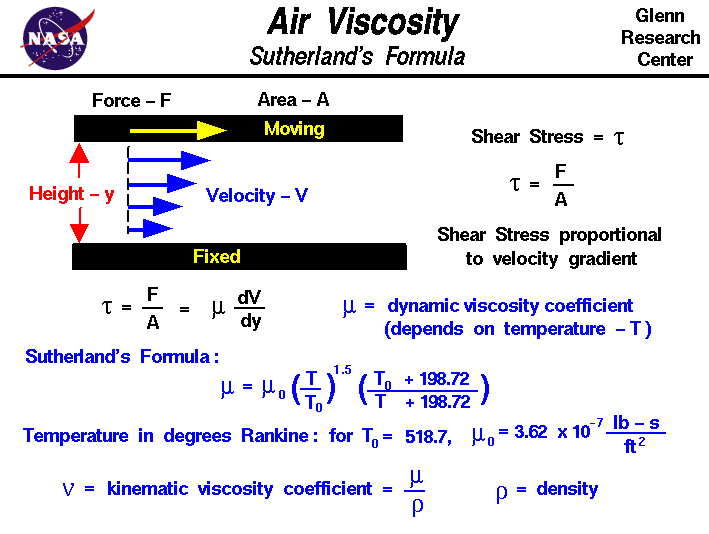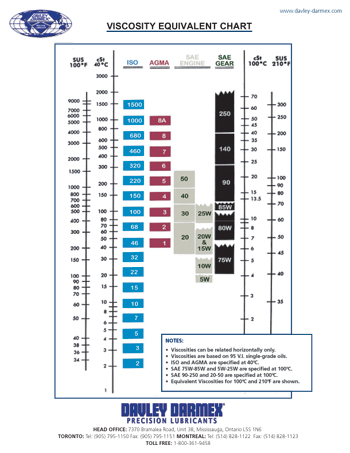

Here, the direction is the direction of entraining velocity and is parallel to the minor contact axis of the contact ellipse (see Figure 1, axis ).


In practice, this is the most commonly encountered case (e.g., this is the case in bearings). Minimum film thickness formulas Hamrock & Dowson et al formula Įntrainment direction is perpendicular to the major axis of the contact ellipse (see Figure 1, the speed direction is perpendicular to ). Its important to note here that is defined as a sum velocity: (as opposed to the definition of Chittenden et al and Hamrock and Dowson, where it is defined as mean entraining velocity) Thus in the calculator only this standard case is considered. It should be however noted that in practice the entraining speed is parallel to the minor axis of the contact ellipse and all other film thickness fits assumes the standard situation. Parameters are as follows (definition of variables can be found at the end of the article): Dimensionless central film thickness is given by the following equation: Hamrock & Dowson equation was derived assuming that the direction is the direction of entraining velocity and is parallel to the minor contact axis of the contact ellipse (See Figure 1). Central film thickness formulas Hamrock & Dowson formula The calculator allows choosing one of the three equations in the calculations. The equations used in the calculator are given below the calculator along with the definitions and references. The central and minimum film thicknesses are calculated using equations developed by Hamrock & Dowson, Chittenden et al and Nijenbanning & Moes. An EHL Film Thickness Calculator allows calculating central and minimum film thicknesses in a full film lubricated elliptical (point) contact as a function of entrainment speed.


 0 kommentar(er)
0 kommentar(er)
